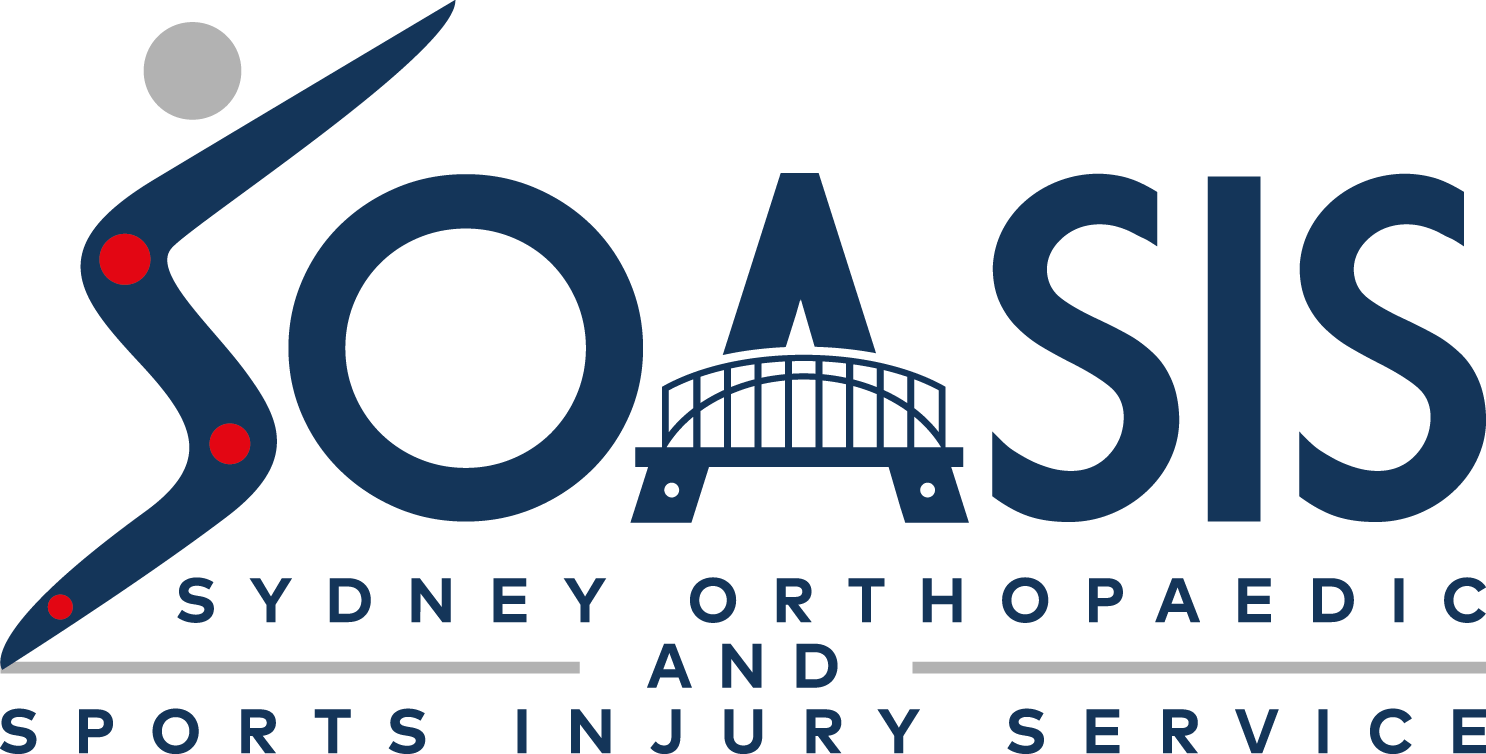Labral Hip Surgery
Treatment for a Labral Tear
Unfortunately, labral tears do not heal without surgery. Not everyone requires surgery and treatment is tailored to the patient’s individual needs. The less active patient may be able to return to a quieter lifestyle without surgery.
Non Surgical Treatment for a Labral Tear
Non-surgical treatments can include:
Medications
Analgesics and anti-inflammatories can help relieve symptoms.
Avoidance
Avoid known ‘impingement positions’ is encouraged.
Injections
Hip injections into the hip joint can help relieve severe symptoms temporarily.
Unfortunately none of these modalities treat the underlying cause, nor do they repair or stabilise the torn labrum.
Surgical Treatment for Labral Tears
Hip Arthroscopic (Minimally Invasive Surgery)
The term ‘arthroscope’ comes from two Greek words, arthro-, meaning joint, and -skopein, meaning to examine.
The benefits of arthroscopy include
- Smaller incisions with little scarring
- Faster postoperative recovery
- Less pain and lower complication rates
- Easier progression toward regaining full hip movement
Labral tears and the underlying FAI can often be successfully treated with hip arthroscopy (or ‘keyhole surgery’) including:
- FAI bump or cam type lesion: The abnormal bone is removed and reshaped to prevent further impingement and to protect the hip from further damage. This can also improve a patient’s range of motion.
- Abnormal socket (pincer lesion) - The abnormal bone is removed to prevent further impingement and to protect the hip from further damage.
- Labral tears - These can be repaired and stabilised. Specialised anchors are used to reattach the torn labrum.
- Articular cartilage damage – Unstable cartilage flaps can be debrided and stabilized, but not repaired
- Ligamentum teres tears - These can be trimmed, tightened and reconstructed


